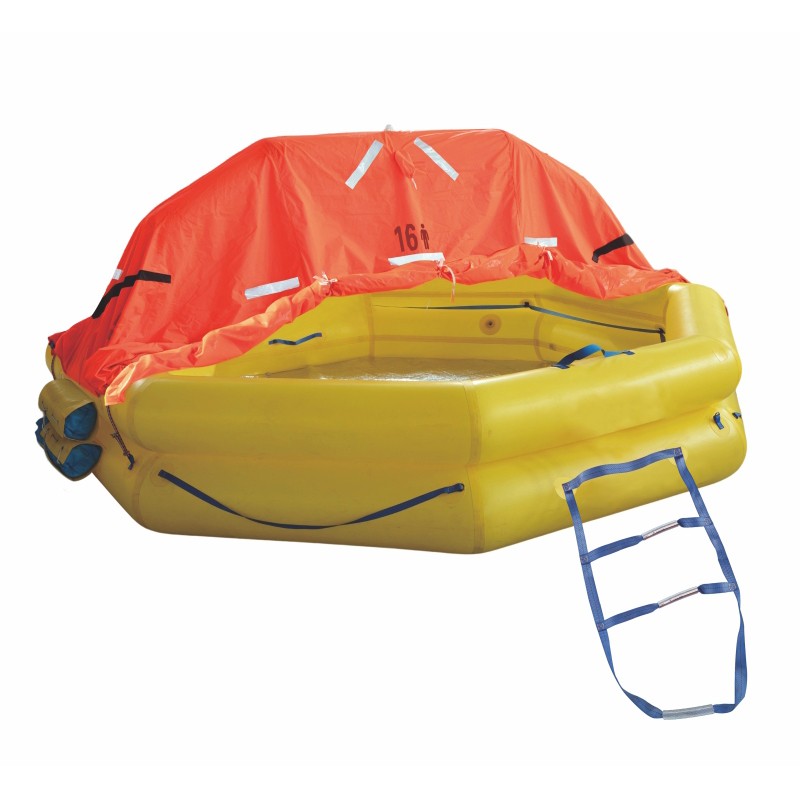A Guide to Inflatable Liferafts: Safety on the Water
2025-03-07
An inflatable liferaft is an essential piece of safety equipment for boats, ships, and offshore activities. Designed to provide emergency flotation in case of an accident or vessel failure, these liferafts are compact, easy to deploy, and capable of keeping passengers safe until rescue arrives. Whether for commercial or recreational use, having a reliable inflatable liferaft is crucial for maritime safety.
Why Inflatable Liferafts Are Essential
1. Emergency Preparedness
In the event of a shipwreck, fire, or capsizing, an inflatable liferaft provides a secure and buoyant platform for survival. It is designed to withstand harsh weather conditions and keep occupants above water until help arrives.
2. Compact and Lightweight
Inflatable liferafts are designed for easy storage on boats, taking up minimal space when not in use. Most models are packed in a portable container and can be quickly deployed in an emergency.
3. Automatic Inflation
Many liferafts feature an automatic inflation system that activates when they come into contact with water. This ensures quick deployment, allowing passengers to board the raft without delay.
4. Durability and Stability
Made from high-quality, puncture-resistant materials, inflatable liferafts are built to endure extreme maritime conditions. Some models include stabilizing features like ballast bags to prevent capsizing in rough seas.
5. Equipped with Survival Essentials
Most inflatable liferafts come with emergency supplies such as flares, water, first aid kits, paddles, and reflective markings to aid rescue teams in locating survivors.
How to Choose the Right Inflatable Liferaft
Capacity and Size
Select a liferaft based on the number of passengers your vessel carries. Liferafts are available in various sizes, typically ranging from 4-person to 25-person capacity.
Material and Construction
Look for liferafts made from durable materials such as reinforced rubber or polyurethane-coated fabrics. A high-quality raft should be resistant to punctures, UV rays, and harsh marine environments.
SOLAS or ISO Certification
Ensure that the liferaft meets international safety standards such as SOLAS (Safety of Life at Sea) or ISO (International Organization for Standardization) regulations. These certifications guarantee that the liferaft is built for reliable performance.
Storage and Deployment
Consider whether you need a container-packed or valise-packed liferaft. Container models are more robust and suitable for long-term storage on larger vessels, while valise models are more portable and ideal for small boats.
Proper Maintenance and Inspection
To ensure that an inflatable liferaft is ready for use, regular maintenance is essential. Here are some key maintenance tips:
- Routine Inspections: Check for any signs of damage, wear, or leaks in the raft’s material.
- Check Expiry Dates: Emergency supplies, including flares, water rations, and first aid kits, should be replaced when they expire.
- Service Intervals: Most liferafts require professional servicing every one to three years, depending on manufacturer recommendations.
Final Thoughts
An inflatable liferaft is a vital safety tool for anyone venturing out on the water. Whether for commercial ships, fishing boats, or recreational sailing, having a well-maintained liferaft can mean the difference between life and death in an emergency. By choosing a high-quality model and following proper maintenance guidelines, you can ensure safety and peace of mind on every voyage.



